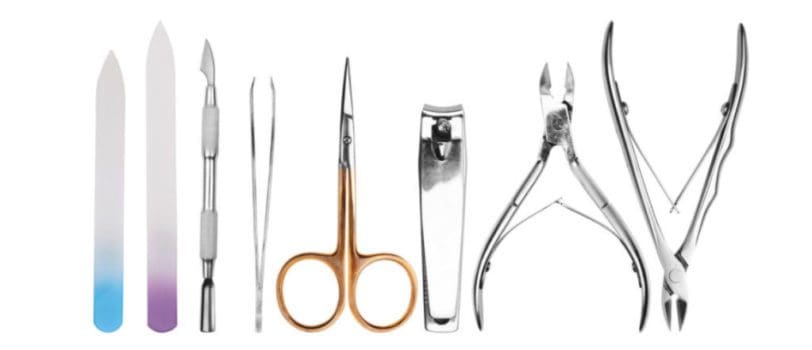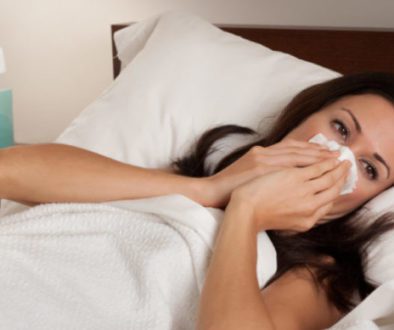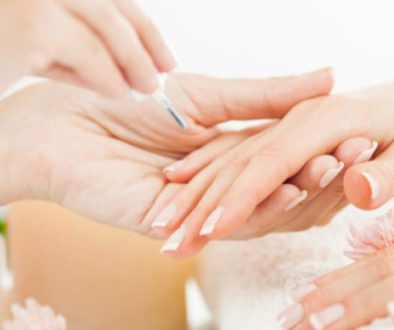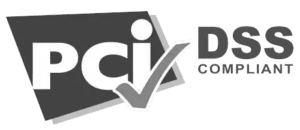The Differences Between Cleaning, Disinfection, and Sterilization

So often the terms cleaning, disinfection, and sterilization are used interchangeably. Sadly, this is a common misconception and it is very important for salon and spa operators to understand the differences.
It is always critically important to safeguard the health of your employees and customers. Understanding the key differences between the three processes and the best methods to achieve them is a must for your operation. Let’s take a deeper look into the subject.
Cleaning is the Essential First Step to Keeping Your Practice Safe
Cleaning in the infection control context refers to the mechanical removal of visible surface contaminants, soils, etc., usually with soap, water and enzymatic detergents, using hand scrubbing or more sophisticated cleaning machines such as ultrasonics. Cleaning is an essential element to any effective infection control procedure. You will find that while cleaning does remove soils and reduces microbial population, it won’t actually kill bacteria or viruses. Using the most thorough cleaning processes will still leave Ultrasonic Cleaner microorganisms on the surface of the item.
The use of an ultrasonic cleaner with detergents is able to dislodge fine particles from surfaces that may be inaccessible by physical scrubbing or brushing. It also provides significant benefits in time-savings and safety by minimizing handling by cleaning personnel. No matter how thorough, cleaning by itself is not enough to ensure that you won’t have any undesirable rogue micro-organisms at surface level. Most professional spa and salon operators engaged in pedis, manis, and hair styling need to be mindful of the fact that cleaning is merely the first step in their infection control process.
Disinfect Your Practice to Effectively Eliminate Microorganisms
Disinfectants are products that are applied to inanimate surfaces or objects to kill many or all microorganisms except resistant bacterial spores. These products are often purchased in concentrated form and mixed with water to provide a use-strength solution that is effective. Many disinfectants don’t stand up well to dirt, so cleaning is an especially important first step. Some disinfectants are designed for a specific purpose, such as surfaces or instruments, so make sure you are familiar with all label information. All disinfectant products are categorized and regulated by the EPA as “pesticides”, so don’t be alarmed that you are using an especially toxic product. Disinfectants are poisons that kill organisms, so they should be handled carefully. Also, disinfectants are only effective when they are applied per instructions for the correct time period. If a surface disinfectant requires 5 minutes to be effective, it will not do its job if it dries on the counter or is wiped off in three minutes. Sanitizers are products that clean and disinfect. Certain disinfectant products can also be corrosive, so make sure the disinfectant you choose is appropriate for the items you intend to disinfect.
Sterilization is Used for Full Microbial Life Elimination
Sterilization is an extreme physical or chemical process that eliminates all forms of microbial life, including transmissible agents (such as fungi, bacteria, viruses, and all bacterial spore forms). Sterilization is required with any implement or tool that penetrates intact skin and contacts the vascular (blood) system and can be achieved by applying heat, chemicals, or irradiation (used for pre-sterilized items you may purchase. Once an item has been sterilized, all micro-organisms have been removed. Theoretically, if your sterilizer does its job, nothing survives sterilization.
Most applications in the salon or spa will require cleaning, sanitizing, and/ or disinfection. Make sure the products you use are diluted properly, are used for the proper exposure time, and are compatible with the implements or surfaces on which they are used.




